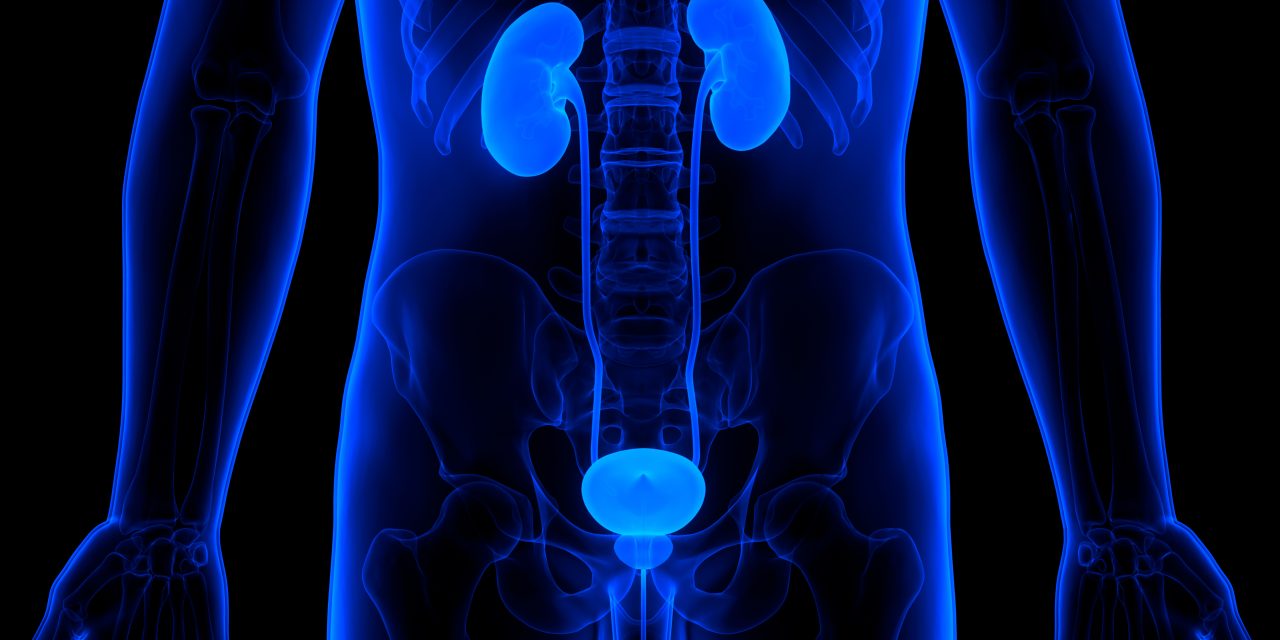Aim of this study was the evaluation of prevalence of HPV infection and resulting genital dysplasia to assess the necessity and reasonability of pap smears and HPV testing in transgender patients. HPV is the most common sexually transmitted infection and responsible for the majority of genital dysplasias and malignancies. However, few data exist about the prevalence of HPV and dysplasia in transgender people.
This retrospective data analysis of prospectively collected data includes all patients seen in our specialized outpatient clinic for transgender people. Gynecologic exam, colposcopy, cellular swabs and HPV typing were carried out. Primary endpoint was the prevalence of HPV and genital dysplasias in transgender patients. Secondary endpoints were the subtypes of HPV, demographic data, sexual orientation and co-morbidities in these patients.
We investigated overall 98 patients whereof 53 were transwomen and 45 transmen. Of those, 10.2 % had positive HPV tests and 10.2 % dysplastic changes in the PAP and one case of invasive anal carcinoma (1.02 %). Comorbidities included recurrent urinary tract infections, psychologic comorbidies and other, possibly hormone replacement related conditions.
The results underline the necessity of a routine gynecological examination including PAP and/or HPV screening and vaccinating, respectively, no matter of sexual orientation or comorbidities. Monitoring the existent anatomy may prevent invasive carcinoma requiring more invasive therapies. Moreover, concomitant pathologies are present and require long-term care of these patients almost all using hormone therapy and carrying several specific risk factors. Transgender-focused guidelines to take into account these peculiarities are needed.
Copyright © 2021. Published by Elsevier B.V.
Screening for HPV and dysplasia in transgender patients: Do we need it?


